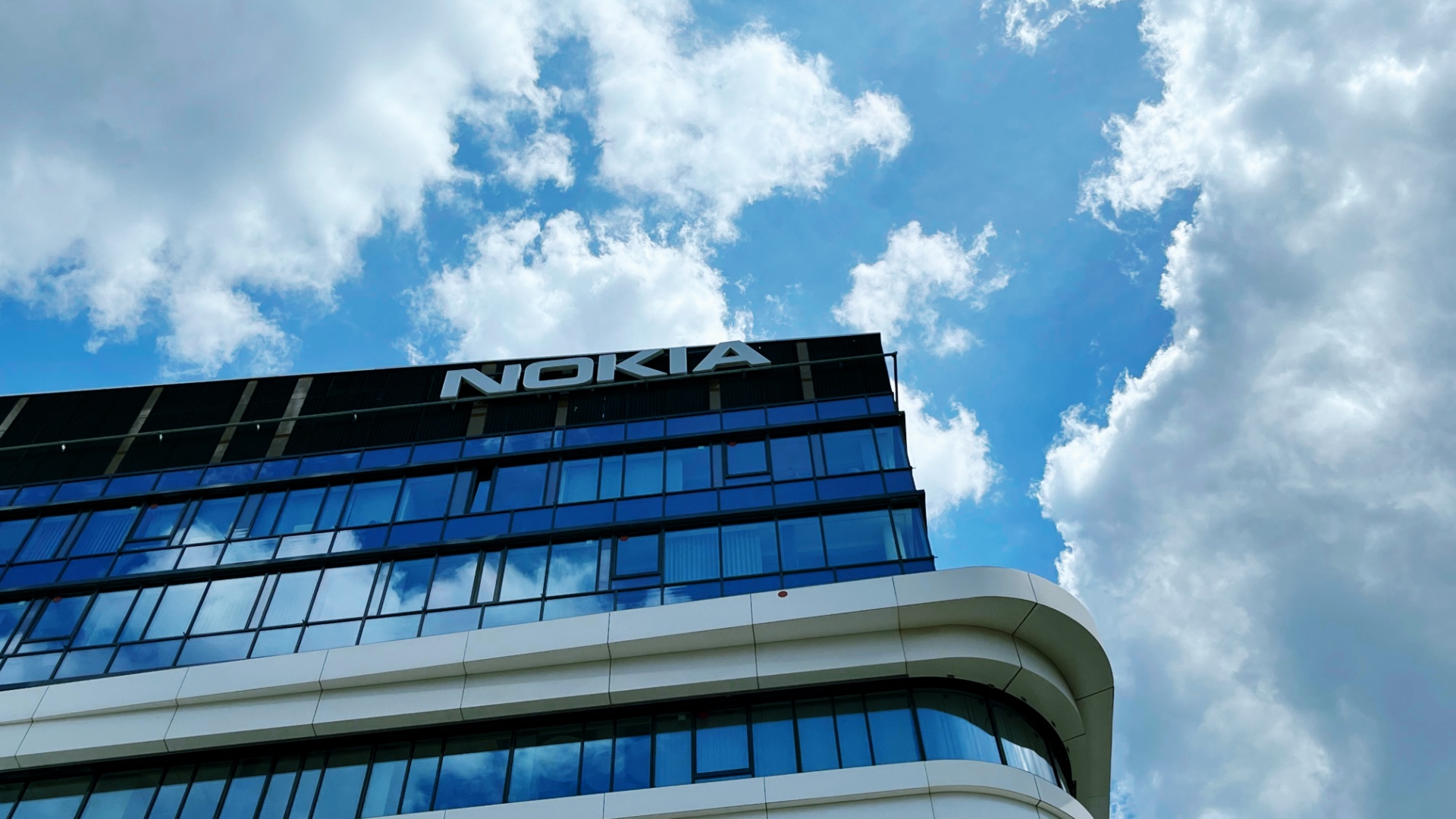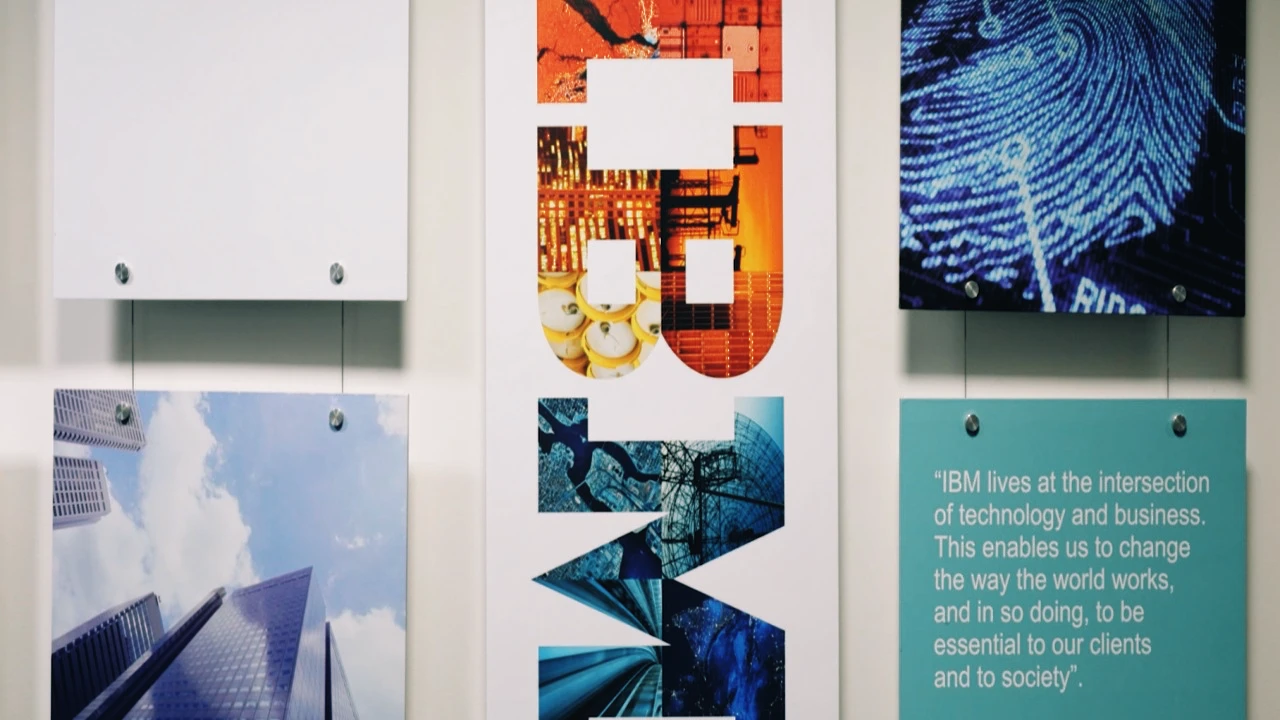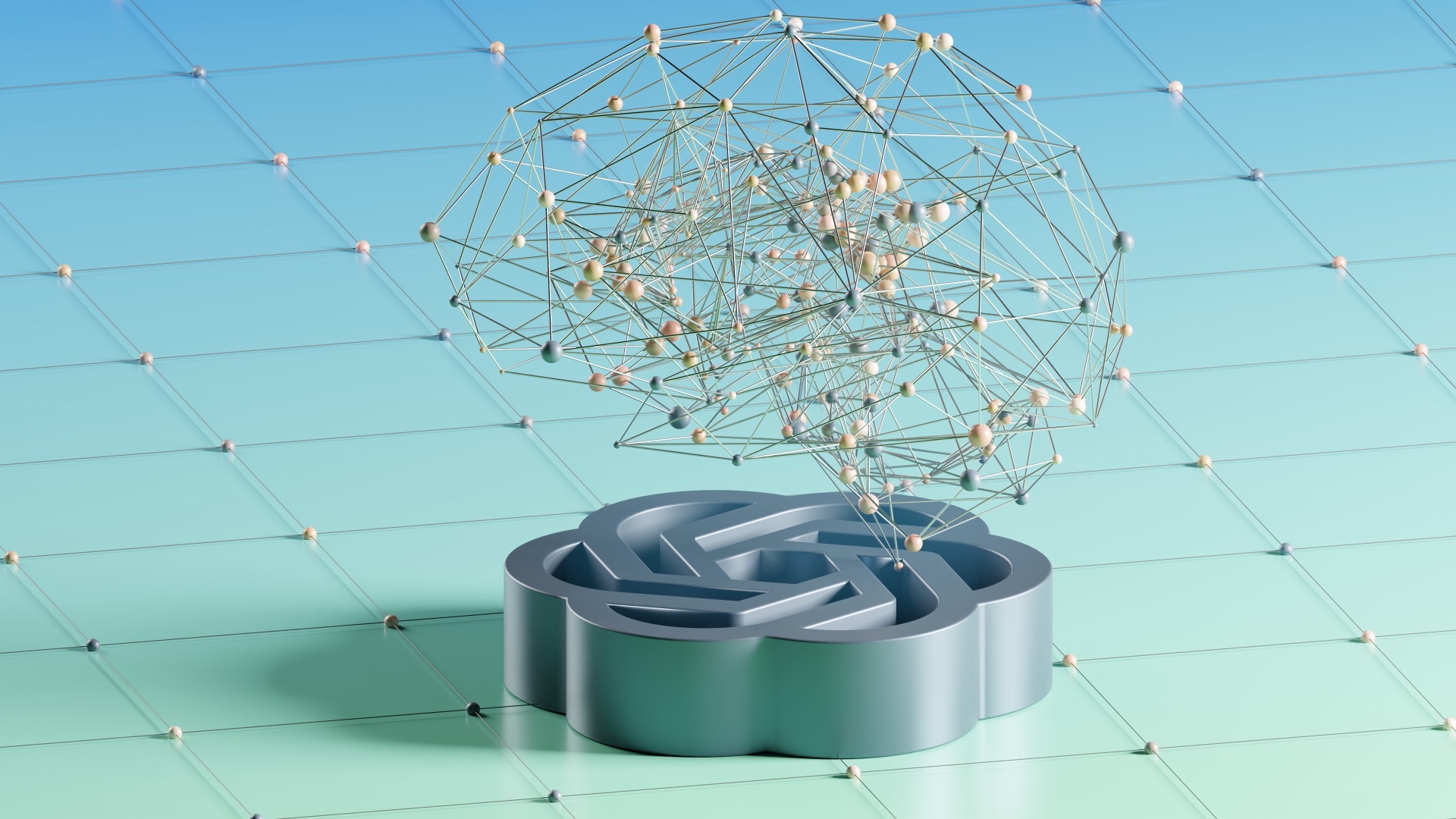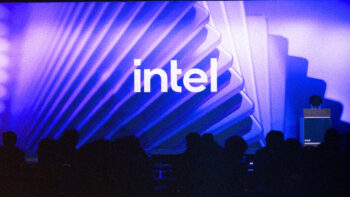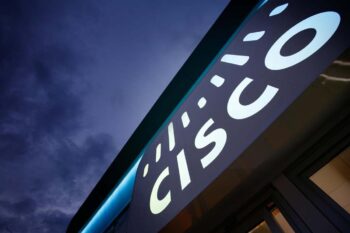Cisco is opening a new chapter in its network infrastructure story with the unveiling of the Silicon One P200 chip and 8223 router, specifically designed to connect distributed data centres supporting artificial intelligence. This is not the next iteration of hardware, but, as the company points out, a response to the growing power and bandwidth constraints facing the AI industry today.
The new chip is intended to act as a ‘glue’ between data centres, which are increasingly being set up in remote locations where energy is cheaper or more readily available. In an era where single centres cannot meet the computational needs of generative AI, engineers are beginning to think in terms of ‘scale-across’, or horizontal scaling – multiple data centres working together like a single organism. The P200 chip is designed to enable just such an architecture, synchronising huge data streams over distances of thousands of kilometres.
Cisco claims that the P200 achieves 51.2 Tbps throughput and replaces 92 separate chips previously used in similar solutions. In doing so, the new 8223 router consumes around 65 per cent less power, which is crucial in an environment where AI infrastructure is already consuming gigawatts of power. Partners for the first deployments include Microsoft Azure and Alibaba Cloud, which use Cisco technology to connect their own globally distributed data campuses.
As Martin Lund, executive vice-president of Cisco, notes, the problem is no longer connecting thousands of GPUs in one place, but synchronising multiple data centres “thousands of miles apart”. Cisco’s solution is designed to help with this through extensive caching – a technology the company has been working on for decades to ‘absorb’ traffic spikes in AI networks.
According to analysts, this is also part of a wider battle for the artificial intelligence infrastructure market, where Cisco is up against Broadcom, Marvel or Juniper. The success of the P200 and the 8223 router, however, depends not only on their technical performance, but on whether these solutions find sustained application in real-world hyperscale environments.
For Cisco, it’s back in the game for a key position in a world where data and energy are becoming the new currencies of the AI economy. If the company’s announcements come to fruition, the P200 could become what the Catalyst switch once was – a chip that will set the standard in next-generation networks.





